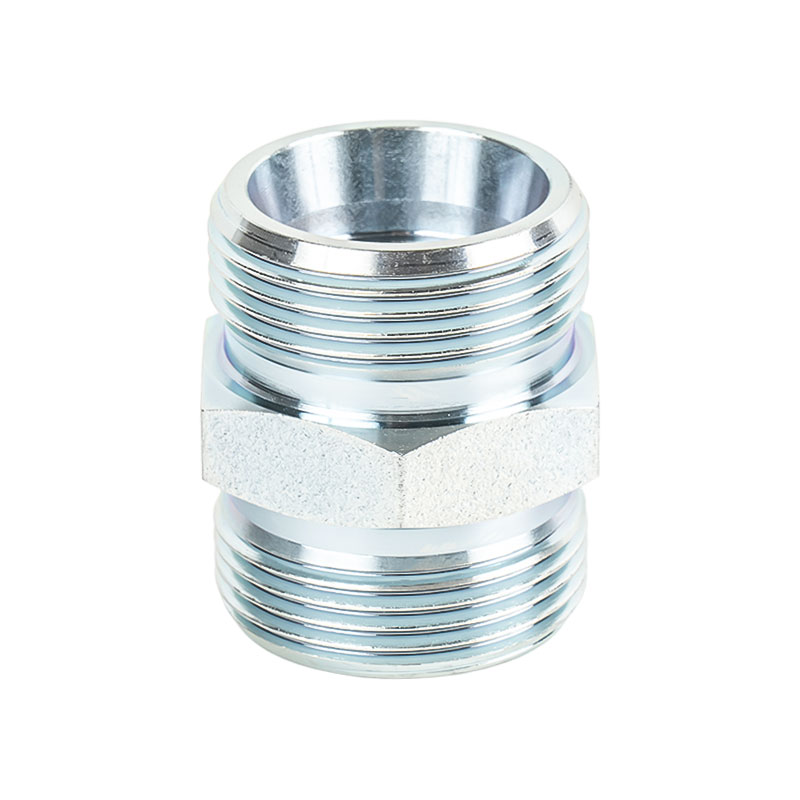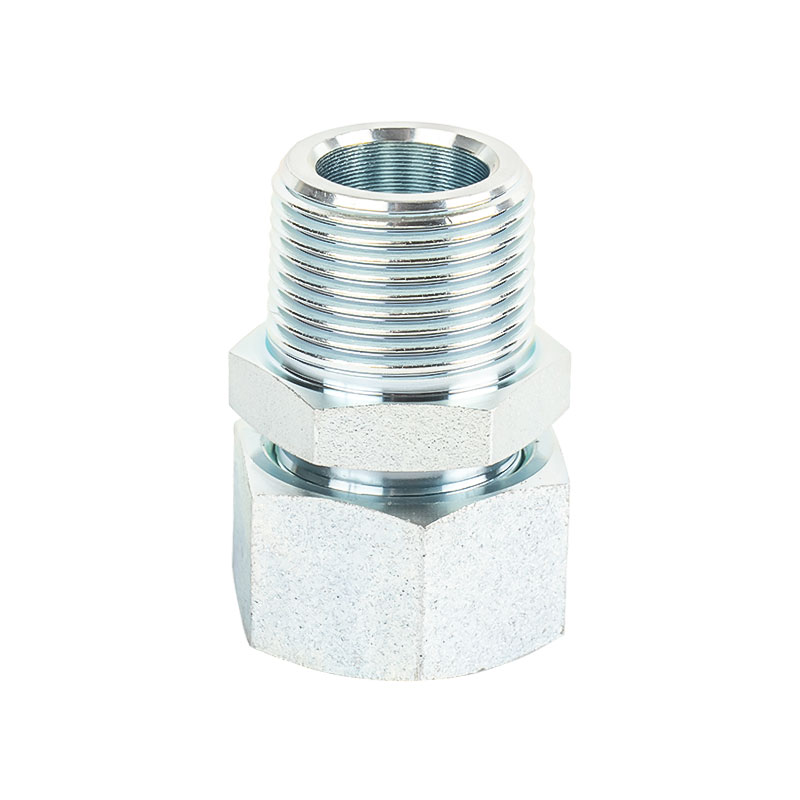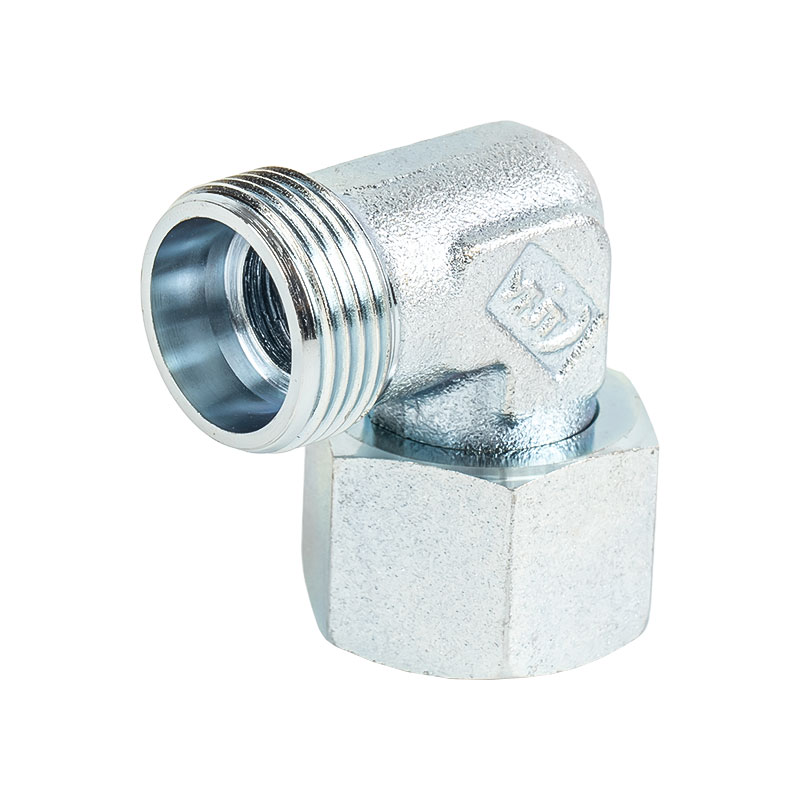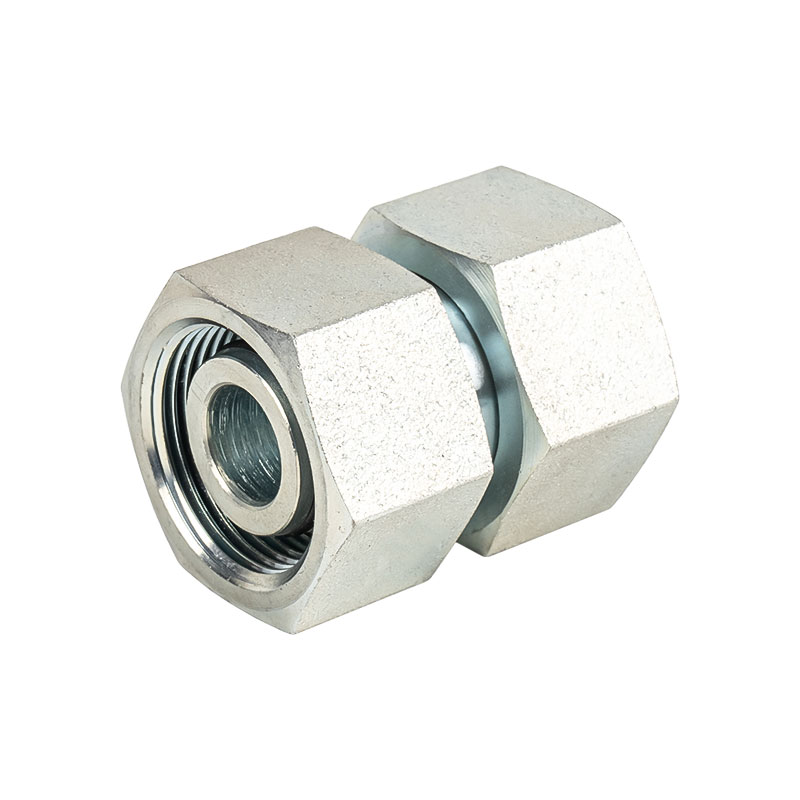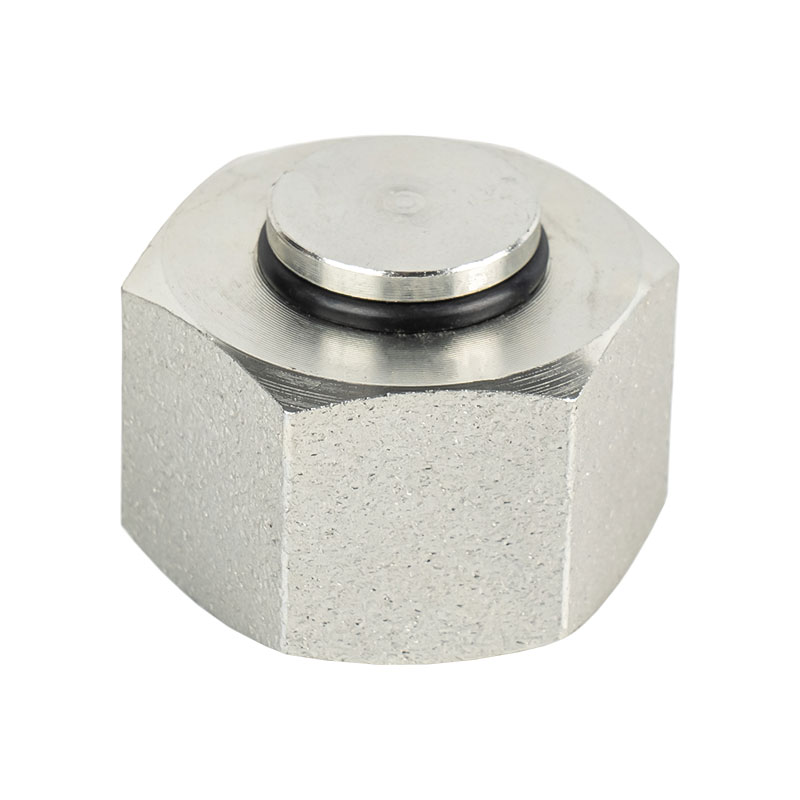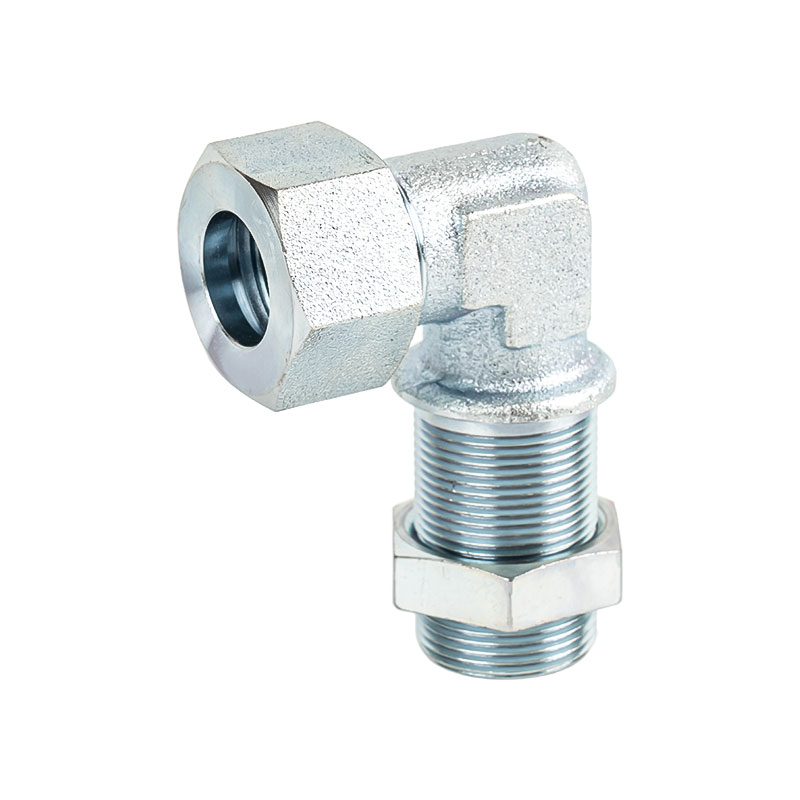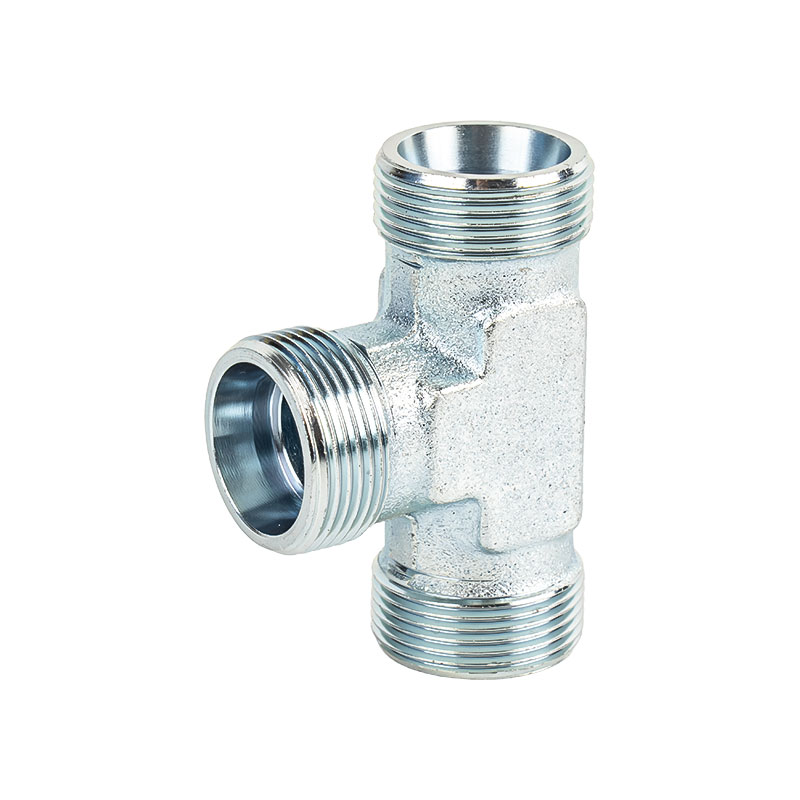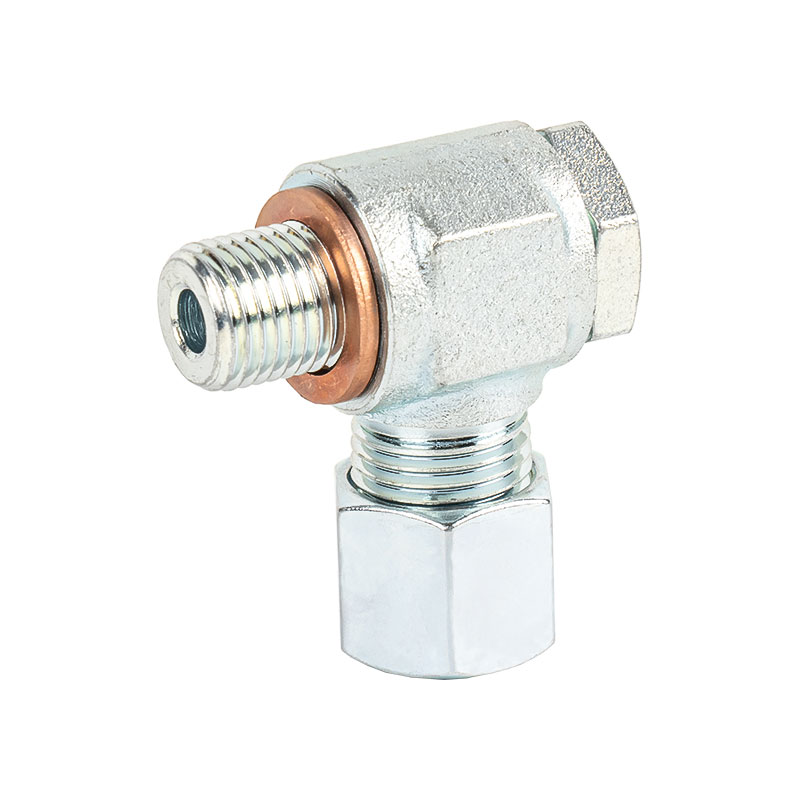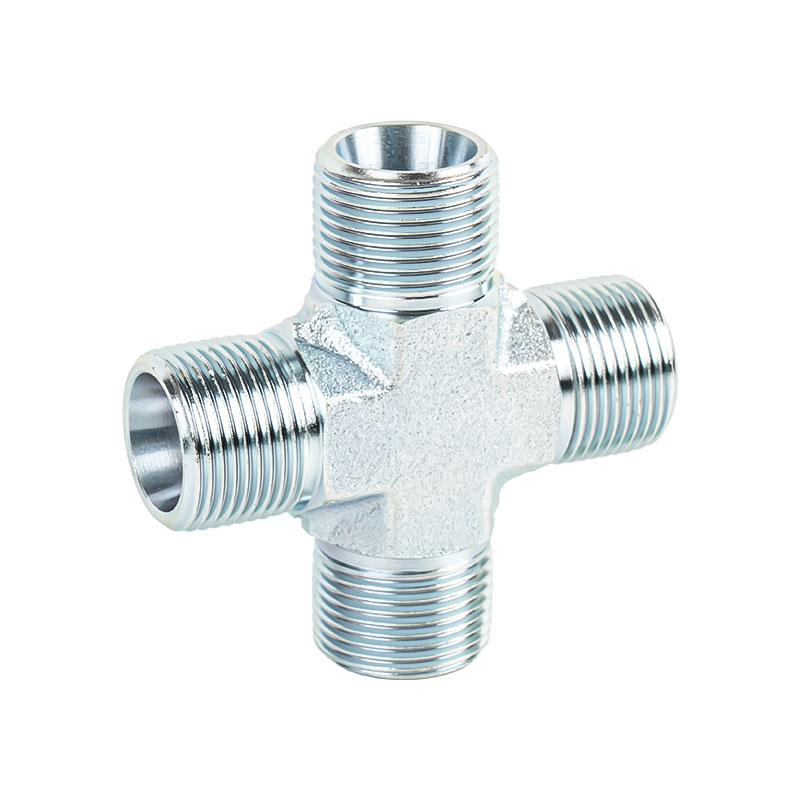The impact of hydraulic hose fittings on hydraulic system efficiency
As an important component for connecting hydraulic pipelines, the performance of hydraulic hose fittings is directly related to the operating efficiency of the hydraulic system. First of all, the sealing performance of the fitting determines the leakage of the system. If the fitting is not sealed tightly, the hydraulic oil will leak, resulting in a drop in system pressure, which in turn reduces the overall working efficiency. Secondly, the fluid resistance of the fitting is also an important factor affecting efficiency. If the fluid encounters greater resistance at the fitting, the load of the pump will increase, consuming more energy, thereby affecting the energy-saving effect of the system. In addition, the installation quality of the hydraulic hose fitting will also affect the efficiency of the system. Improper installation may cause pipeline bending or stress concentration, increase fluid resistance and mechanical wear, and affect the stable operation of the system.
The impact of hydraulic hose fittings on the safety of hydraulic systems
The safe operation of the hydraulic system depends on the reliability of each component, among which the safety performance of the hydraulic hose fitting is particularly important. If the fitting is loose, broken or leaking, it may cause hydraulic oil to spray, causing equipment damage or personal injury. Especially in high-pressure environments, the leakage of hydraulic oil not only affects the performance of the equipment, but also poses a risk of fire or explosion. Therefore, choosing hose fittings with excellent materials and reasonable structures, as well as installing and maintaining them in strict accordance with specifications, is the key to ensuring the safety of the hydraulic system. Regularly checking the wear and corrosion of the joints and replacing aging or damaged joints in time can also effectively reduce safety hazards.
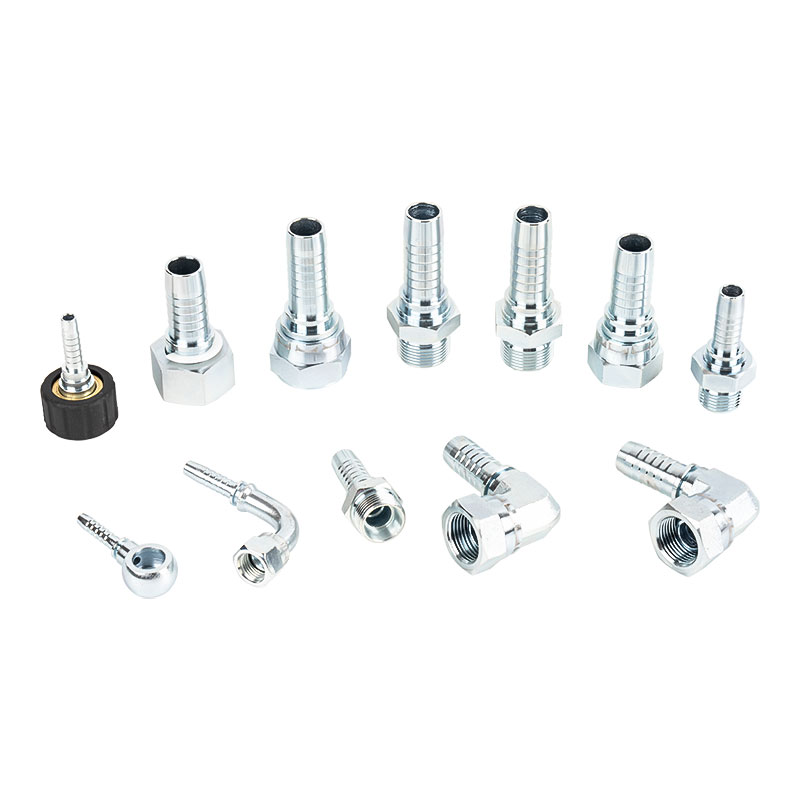
The role of hydraulic hose fittings in maintaining system stability
The stability of the hydraulic system is very important for the normal operation of the equipment. As a key component for connecting and transmitting hydraulic oil, the stability of the performance of the hydraulic hose fitting directly affects the smooth operation of the entire system. If the fitting can maintain good sealing and mechanical strength, it can prevent oil leakage and pipeline vibration, thereby reducing equipment failure and downtime. In addition, the use of suitable hose fittings can also absorb certain mechanical vibrations and thermal expansion, relieve pipeline stress, and extend system life. It can be seen that hydraulic hose fittings play an important role in maintaining the stability of the hydraulic system.
The impact of hydraulic hose fittings on the energy consumption of the hydraulic system
The energy consumption of the hydraulic system is mainly determined by the load and fluid resistance of the pump. If the hydraulic hose fitting is reasonably designed, it can effectively reduce the pressure loss of the fluid and reduce the energy consumption of the pump. On the contrary, fittings with unreasonable structure or severe wear will cause local fluid turbulence and pressure loss, resulting in energy waste. In addition, the material and sealing design of the hydraulic hose fitting affect its wear resistance and sealing, and affect the energy consumption performance of the system for long-term operation. Reasonable selection and maintenance of hose fittings can help maintain the energy-saving effect of the system and reduce operating costs.
Main factors affecting the performance of hydraulic hose fittings
The performance of hydraulic hose fittings is affected by many factors, including material selection, manufacturing process, design structure and use environment. In terms of materials, corrosion-resistant and high-pressure resistant metals or alloys can increase the service life of fittings. The manufacturing process affects the sealing and mechanical strength of the fitting, and precision machining and surface treatment can reduce defects and wear. The design structure determines the sealing method, connection form and installation convenience of the fitting. The temperature, humidity and chemical media in the use environment will affect the fitting, especially corrosive liquids and extreme temperatures will accelerate aging and damage. Comprehensive consideration of these factors can optimize the performance of the fitting and improve the overall efficiency of the hydraulic system.
The impact of the selection of hydraulic hose fittings on system efficiency and safety
In the design and maintenance of hydraulic systems, the reasonable selection of hydraulic hose fittings has a direct impact on system efficiency and safety. Selecting fittings suitable for working pressure and temperature can ensure stable operation of the system and avoid leakage and failure caused by fitting failure. Different connection methods such as threads, clamps or quick fittings adapt to different usage requirements and maintenance convenience. In addition, the sealing material of the joint should also be selected according to the type of hydraulic oil and working conditions to ensure long-term sealing performance. Scientific selection and configuration of hydraulic hose joints can help optimize system performance and reduce operating risks.
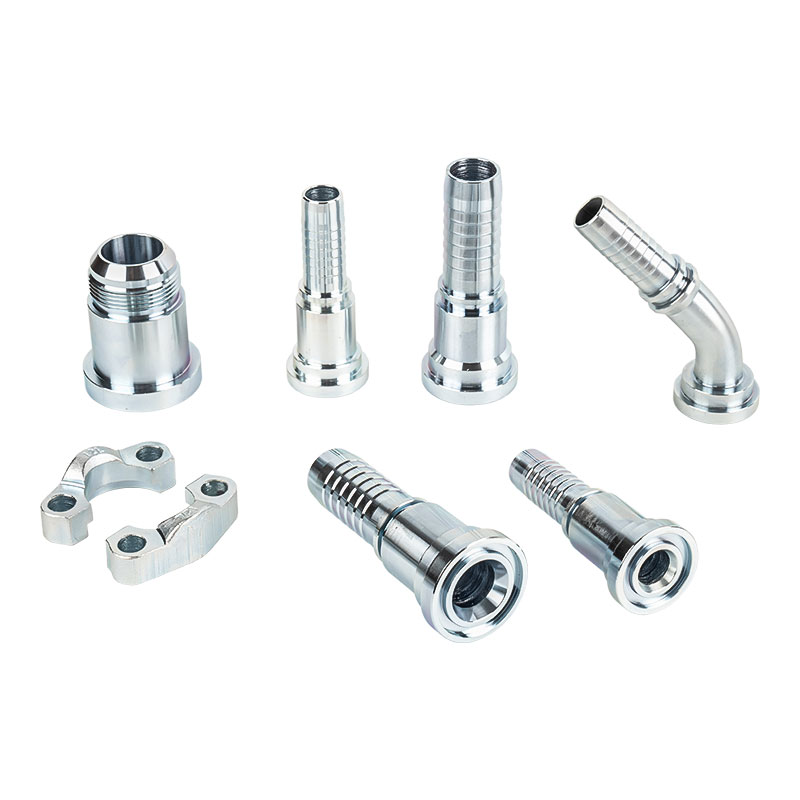
Maintain hydraulic hose joints to ensure system efficiency and safety
Maintenance work is a key link to ensure the normal function of hydraulic hose joints. Regular inspections should be carried out on a daily basis, focusing on leakage, corrosion and mechanical damage of the joints. If abnormalities are found, they should be replaced or repaired in time to avoid affecting system performance and safety. Clean the joint surface to prevent dirt and impurities from affecting the sealing effect. Monitor the use environment to avoid damage to the joint material due to extreme temperature and humidity. Standardize installation operations to avoid joint failures caused by twisting or over-tightening. The scientific implementation of maintenance work can extend the life of the joint and ensure the continuous and stable operation of the hydraulic system.
Technical development trend of hydraulic hose joints and their impact on system efficiency and safety
With the development of hydraulic technology, hydraulic hose joints are also constantly improving. New materials and surface treatment technologies have improved the corrosion resistance and mechanical strength of joints. Intelligent detection and sensing technologies have begun to be applied to joint status monitoring to achieve early fault warning. Modular design and quick replacement interfaces improve maintenance efficiency and reduce downtime. These technological advances help improve the overall efficiency and safety level of hydraulic systems and promote the development of industrial equipment towards efficiency, safety and intelligence.
Impact of hydraulic hose fittings on hydraulic systems
| Aspect of Impact | Specific Performance | Description of Role |
|---|---|---|
| System Efficiency | Leakage reduces system pressure; fluid resistance affects pump load | Affects system operational efficiency and energy consumption |
| System Safety | Joint rupture or leakage may cause equipment damage and personnel injury | Directly related to equipment and operator safety |
| System Stability | Sealing and mechanical strength affect oil leakage and pipeline vibration | Ensures smooth system operation and reduces downtime |
| System Energy Consumption | Joint design influences fluid pressure loss and pump energy use | Impacts system energy-saving performance and operating cost |
| Maintenance Management | Regular inspection and timely replacement extend joint lifespan | Ensures long-term efficient and safe system operation |
| Technological Development | New materials and intelligent monitoring technology enhance joint performance | Drives system development towards intelligence and higher efficiency |

 中文简体
中文简体